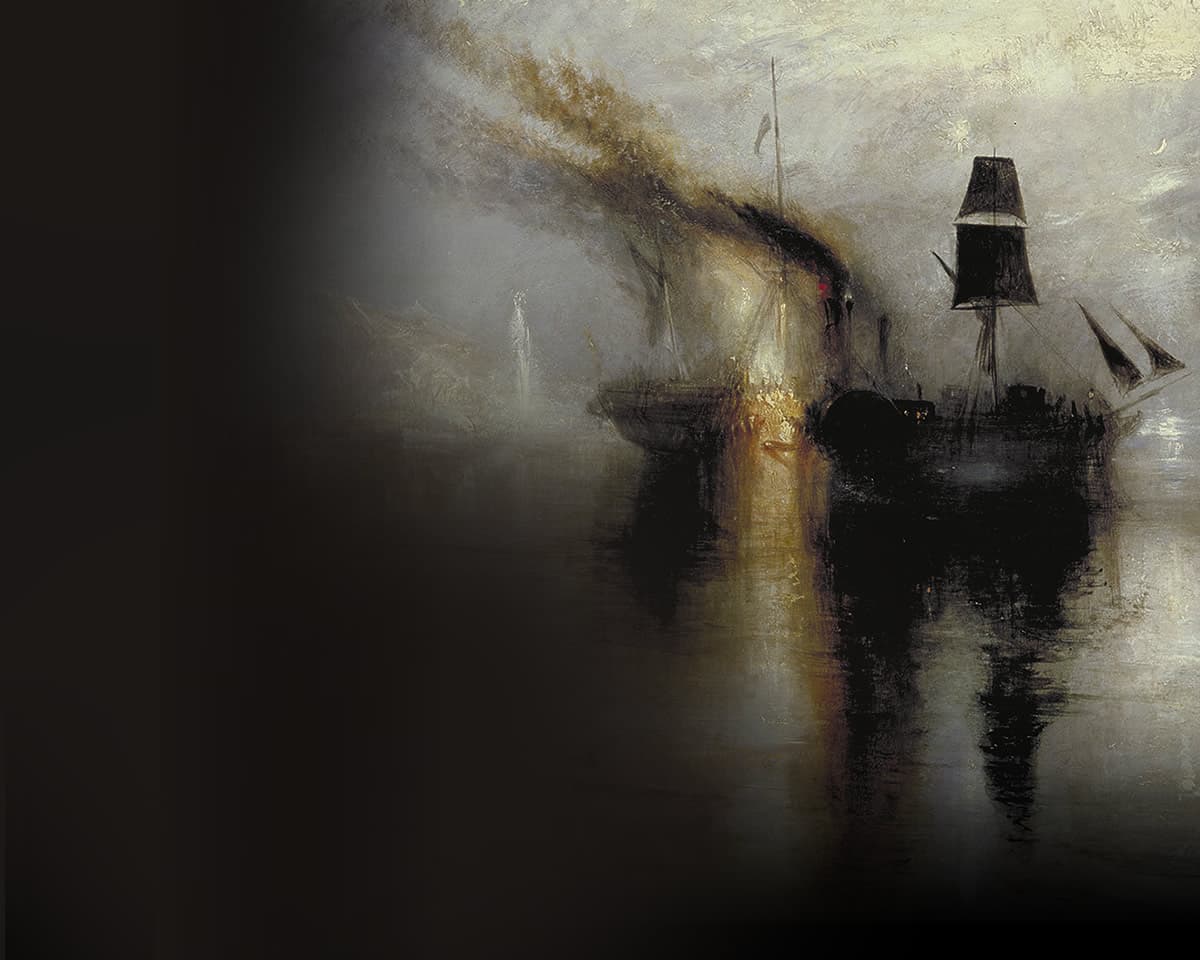J M W
TURNER
Great Britain
1775
–
1851
143.5 (h) x 236.2 (w) cm Tate Accepted by the nation as part of the Turner Bequest 1856 Photo: © Tate 2013
The Bible tells of the killing of all first-born sons in Egypt as divine punishment for the enslavement of the Jewish people. Turner’s view of this scene is crowded with threatening atmospheric effects, emphasising the power of forces beyond mankind’s control. He exhibited this painting after being admitted as a full member of the Royal Academy, clearly intending the audience to recognise his skills in the highest branch of painting—the historical ‘grand style’.
The Bible tells of the killing of all first-born sons in Egypt as divine punishment for the enslavement of the Jewish people. Turner’s view of this scene is crowded with threatening atmospheric effects, emphasising the power of forces beyond mankind’s control. He exhibited this painting after being admitted as a full member of the Royal Academy, clearly intending the audience to recognise his skills in the highest branch of painting—the historical ‘grand style’.
The Bible tells of the killing of all first-born sons in Egypt as divine punishment for the enslavement of the Jewish people. Turner’s view of this scene is crowded with threatening atmospheric effects, emphasising the power of forces beyond mankind’s control. He exhibited this painting after being admitted as a full member of the Royal Academy, clearly intending the audience to recognise his skills in the highest branch of painting—the historical ‘grand style’.


